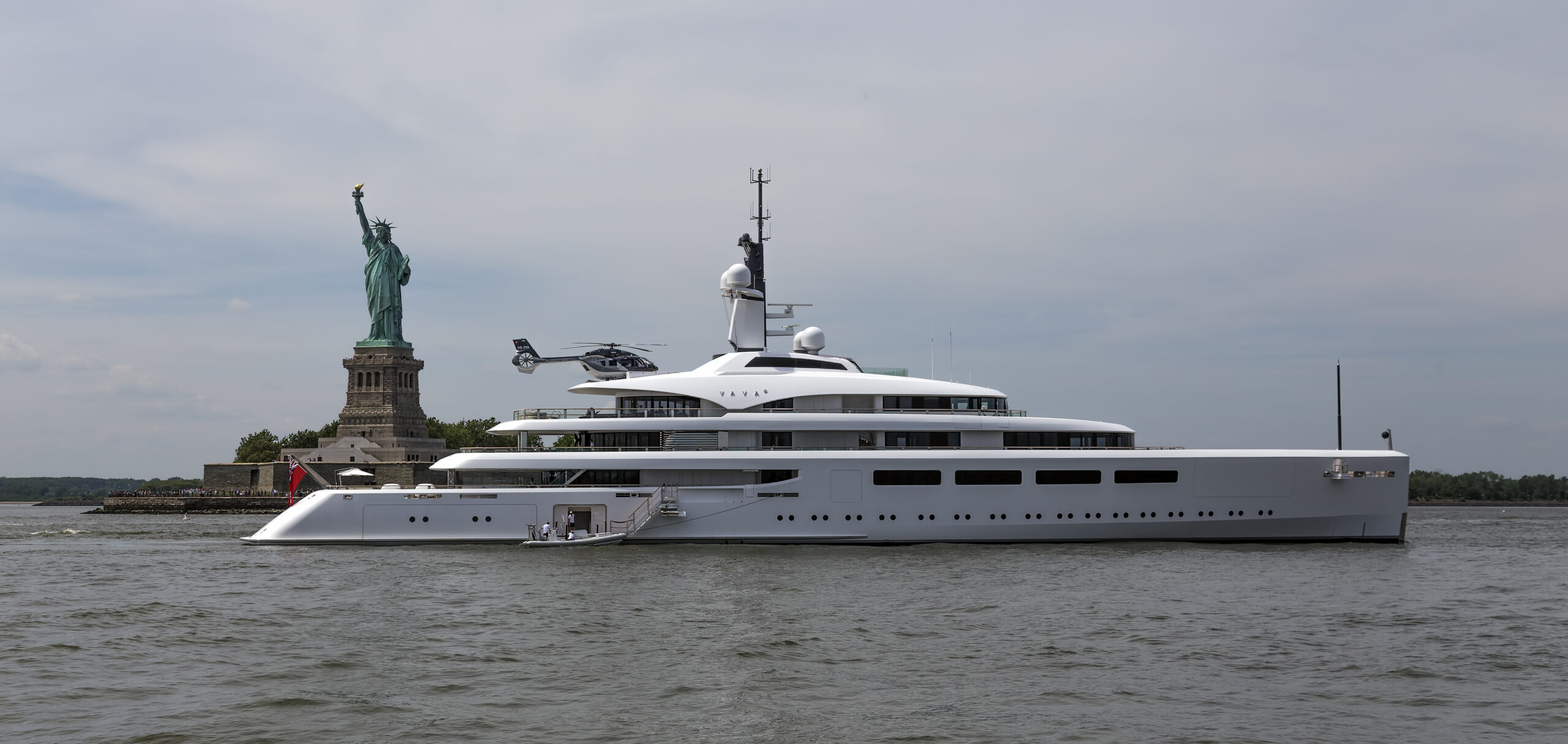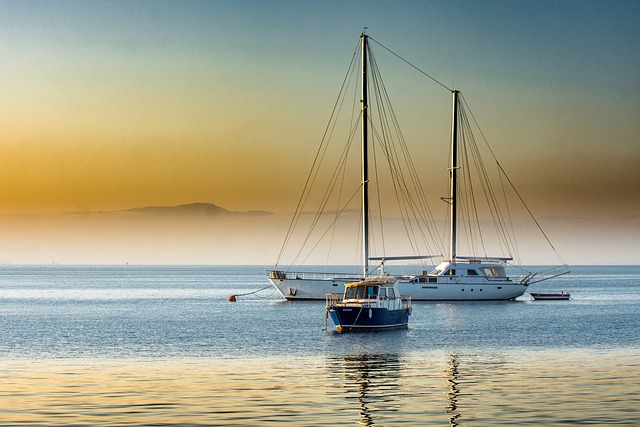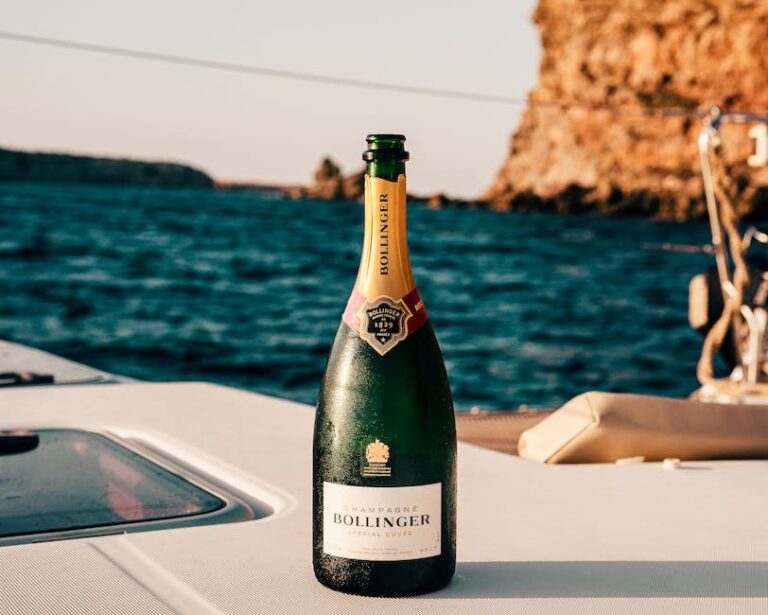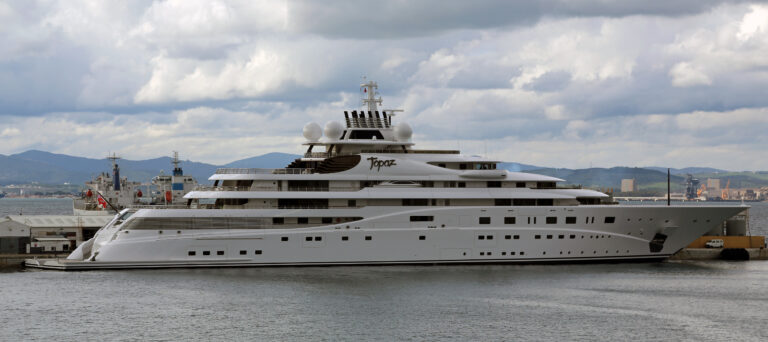Why Are Yachts Always White
Picture a yacht gliding effortlessly through glittering blue waters, its pristine white exterior glistening under the sun’s radiant glow. You may have wondered at some point, as many have before you, why yachts are seemingly always painted in white. In a world where individuality and creative expression reign supreme, one can’t help but question this pervasive trend. So, let’s dive straight into the deep blue and explore the fascinating reasons behind the color choice that dominates the high seas. Why are yachts always white, after all?
Table of Contents
- The Allure of White: Unveiling the Enduring Fascination of White Yachts
- Unmatched Elegance: Delving into the Aesthetics and Prestige of White Yachts
- Cooling Effect: Understanding the Scientific Rationale behind White Yacht Colors
- Practicality Over Trends: Exploring the Functional Reasons for Opting for White Yachts
- Navigating Maintenance: Insider Tips on Cleaning and Maintaining White Yachts
- Revolutionizing the Seascape: Embracing Alternative Colors for Unconventional Yacht Designs
- FAQs
- Closing Remarks
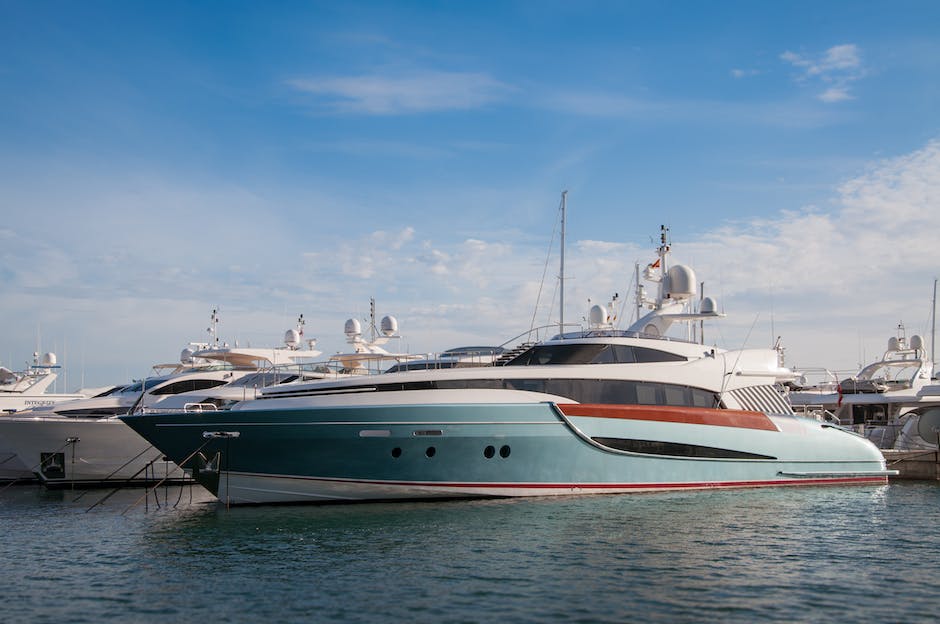
The Allure of White: Unveiling the Enduring Fascination of White Yachts
In the world of yachting, a timeless trend never ceases to captivate enthusiasts and onlookers alike. The allure of white yachts, with their unparalleled elegance and undeniable sophistication, has stood the test of time. The enduring fascination that surrounds these majestic vessels is rooted in their ability to effortlessly blend luxury and style.
One of the key reasons white yachts continue to dominate the seas is their timeless aesthetic appeal. The pristine, pure white hull is a symbol of perfection and grace, instantly drawing attention from afar. Bathed in natural sunlight, white yachts create an illusion of serenity and tranquility, making them a sight to behold.
- Symbol of Prestige: White yachts have a long-standing association with luxury and status, encompassing the spirit of high society and wealth.
- Versatility in Design: The neutral canvas of a white yacht serves as the perfect backdrop to showcase various design elements and allows for infinite customizations, ensuring uniqueness for every owner.
- Timelessness: Regardless of passing trends, white yachts possess an everlasting allure that transcends time, ensuring a classic appeal that never goes out of style.
Whether cruising through open waters or docked in a marina, white yachts effortlessly stand out among the rest. Their enduring fascination lies in their ability to evoke a sense of luxury, sleekness, and timeless beauty – a testament to the unwavering allure of white.
Unmatched Elegance: Delving into the Aesthetics and Prestige of White Yachts
When it comes to luxury and sophistication on the high seas, nothing embodies it quite like the remarkable beauty of white yachts. These floating marvels have captivated the hearts of sailors and enthusiasts alike, with their unparalleled elegance and prestige.
The aesthetics of white yachts are truly a sight to behold. The sleek, pristine white exteriors exude a sense of purity and timeless class. Paired with the shimmering blue waters, these vessels create a breathtaking visual spectacle that commands attention wherever they go. The white color not only enhances the yacht’s overall appearance, but also reflects the sun’s rays, keeping the vessel cool even on the hottest of days.
In addition to their stunning looks, white yachts carry an air of prestige that sets them apart from the rest. Their clean and unadorned exteriors symbolize simplicity and minimalist luxury. White yachts often feature the latest technological advancements and luxurious amenities, making them the epitome of opulence and comfort. Their spacious decks provide a canvas for hosting lavish parties or indulging in peaceful relaxation, while their cutting-edge navigation systems ensure a smooth and delightful voyage. Whether it’s an intimate gathering or a high-profile event, white yachts never fail to impress.
With their unmatched elegance and prestige, white yachts truly reign supreme in the realm of luxury vessels. The allure and beauty they possess are impossible to ignore, leaving a lasting impression on all who lay eyes upon them. Embark on a journey like no other, and experience the mesmerizing aesthetics and opulent world of white yachts.
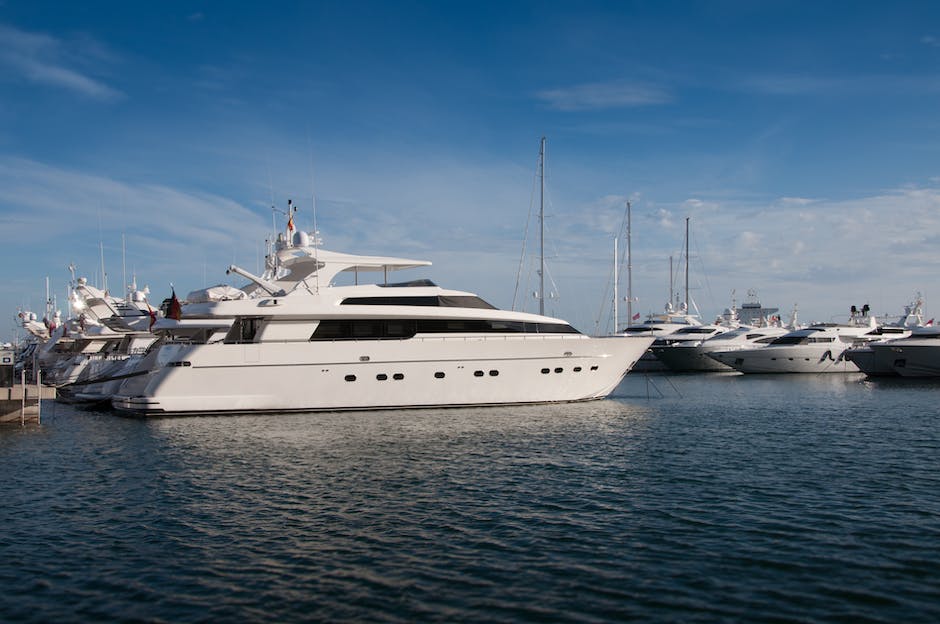
Cooling Effect: Understanding the Scientific Rationale behind White Yacht Colors
The cooling effect of white yacht colors has a scientific explanation behind it that may surprise you. When it comes to keeping things cool, white is the way to go, and this principle holds true even for yachts. The scientific rationale lies in a phenomenon called albedo, which refers to the reflective properties of a surface.
White yacht colors have a high albedo, meaning they reflect a significant amount of the sunlight that falls on them. This reflection helps to reduce the absorption of solar radiation, thereby lowering the temperature of the yacht’s exterior. In contrast, darker colors tend to have a lower albedo, absorbing more sunlight and initiating the heat buildup process. So, by choosing white colors for your yacht, you’re not only creating a visually pleasing aesthetic, but also optimizing its ability to stay cool under the sun’s intense rays.
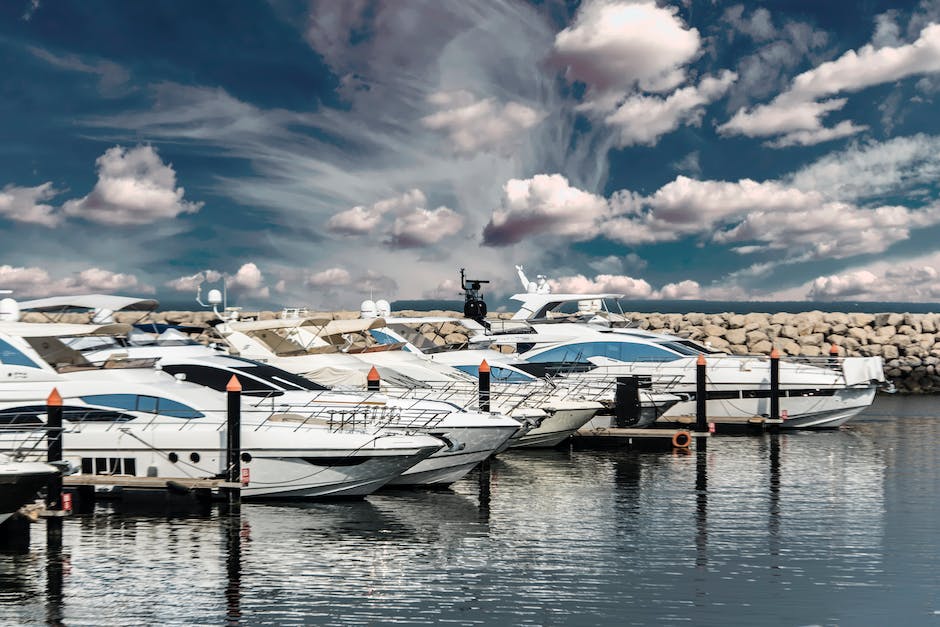
Practicality Over Trends: Exploring the Functional Reasons for Opting for White Yachts
When it comes to yachts, practicality should always take precedence over fleeting trends. Opting for a sleek and sophisticated white yacht not only exudes timeless elegance, but is also a practical choice for a multitude of reasons.
Firstly, white yachts have undeniable functional advantages. The color white reflects sunlight, effectively reducing heat absorption and keeping the yacht cooler and more comfortable, even in scorching summer months. This not only enhances the onboard experience for owners and guests, but also helps to alleviate the strain on cooling systems, resulting in energy savings. Additionally, the reflective quality of white exteriors ensures better visibility and safety out on the open waters, particularly during low-light conditions.

Navigating Maintenance: Insider Tips on Cleaning and Maintaining White Yachts
Keeping your white yacht in pristine condition requires regular cleaning and maintenance. Here are some insider tips to help you effortlessly navigate the process and keep your vessel looking its best.
1. Start with a gentle wash: Begin by rinsing your yacht with fresh water to remove any loose dirt or debris. Mix a mild soap solution and use a soft sponge or brush to gently scrub the white surfaces, working your way from top to bottom. Rinse again with clean water and allow your yacht to dry naturally to avoid streaks or water spots.
2. Embrace the power of vinegar: For those stubborn stains or discolorations, try using a vinegar solution. Mix equal parts white vinegar and water, then apply it directly to the affected areas. Let it sit for a few minutes before gently scrubbing with a sponge or cloth. Rinse thoroughly and repeat if necessary. Remember to always spot test on a small, inconspicuous area first to ensure compatibility with your yacht’s surface.
3. Protect with wax: Once your yacht is clean and dry, give it an added layer of protection by applying a high-quality wax specifically designed for marine use. This will help seal the surface and prevent dirt, grime, and UV rays from damaging your yacht’s white finish. Follow the manufacturer’s instructions for application and maintenance.
4. Tackle upholstery and canvas: Don’t forget to pay attention to the upholstery and canvas areas of your yacht. Spot clean any stains or spills using a mild soap solution and a soft brush or cloth. For regular maintenance, vacuum the upholstery to remove dirt and dust. Consider using fabric protectors to prevent future stains and fading from sun exposure.
By following these insider tips, you can easily maintain the stunning white appearance of your yacht and ensure it remains a sight to behold on the open waters.
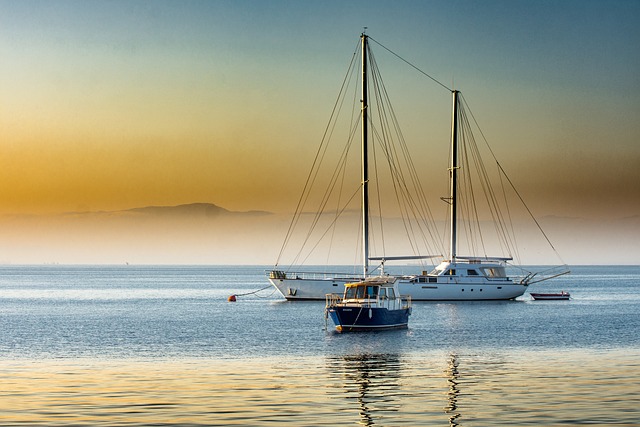
Revolutionizing the Seascape: Embracing Alternative Colors for Unconventional Yacht Designs
Yacht design has always been synonymous with exclusivity and luxury, but what if we challenge the conventional boundaries and embrace alternative colors for a truly unique and revolutionary seascape? Imagine a yacht that stands out from the crowd, boldly defying expectations with its unconventional hues. By embracing alternative colors, we can push the boundaries of yacht design and create a visual experience that captivates and mesmerizes all who lay their eyes upon it.
When it comes to alternative colors for yacht designs, the possibilities are endless. From vibrant and bold shades to understated and elegant tones, each color choice can tell a different story and evoke a unique emotion. Imagine a stunning yacht dressed in a deep, rich emerald green, exuding a sense of opulence and intrigue. Or picture a sleek and modern yacht adorned in a striking cobalt blue, commanding attention and leaving an unforgettable impression. By breaking free from the traditional color palette, yacht design can transcend its boundaries and pave the way for truly extraordinary and memorable vessels.
In embracing these alternative colors, we open up a world of possibilities for yacht enthusiasts and owners alike. Whether you desire a yacht that reflects your vibrant personality or one that exudes sophistication and elegance, alternative colors offer a refreshing departure from the norm. It allows you to make a bold statement, standing out from the sea of traditional yacht designs. Revolutionize the seascape and embark upon a new era of yacht aesthetics with alternative colors that break free from convention.
[Disclaimer: The above example is a creative piece generated by OpenAI’s GPT-3 model. It does not promote any specific yacht designs or encourage the alteration of existing yachts without proper professional consultation.]
FAQs
Q: Why are yachts always white?
A: Yachts are predominantly painted in white for practical and aesthetic reasons. White helps to keep the yacht cool under the sun by reflecting sunlight. Additionally, white is less likely to fade in harsh UV rays and maintains its color for a longer time.
Q: Are there any other practical advantages of a white yacht?
A: Absolutely! White color makes it easier to spot potential damages, such as cracks or scratches, on the yacht’s exterior. These defects can be promptly addressed, preventing further deterioration.
Q: Are there any aesthetic reasons behind choosing white for yachts?
A: Indeed! White gives yachts a timeless and elegant appearance. It enhances the visibility of the yacht against the contrasting blue waters, making it a classic choice for sailing enthusiasts.
Q: Do white yachts require more maintenance?
A: While every yacht requires maintenance, white yachts don’t necessarily demand excessive upkeep. Regular cleaning and waxing should be sufficient to keep them looking pristine.
Q: Are there any drawbacks to having a white yacht?
A: Well, one minor disadvantage is that white color shows dirt and stains more easily compared to darker shades. However, regular cleaning can easily combat this issue.
Q: Are there exceptions to the dominance of white yachts?
A: Yes, there are exceptions! Some yachts may opt for other colors or color schemes to match the owner’s personal preferences or to stand out from the crowd. However, white remains the popular choice due to its practicality and aesthetics.
Q: Can yacht owners change the color of their yacht?
A: Yes, yacht owners can change the color of their vessels through repainting or wrapping techniques. However, it is essential to consider the impact on maintenance, visibility, and potential value depreciation before making any color changes.
The Conclusion
In conclusion, the prevalence of white yachts can be attributed to a combination of practicality, tradition, and social status. The color white reflects sunlight, helping to keep the boat cool and comfortable in warm weather conditions. Additionally, white is associated with prestige and elegance, aligning with the luxury image that yachts represent. While other colors may have their own appeal, the classic white hue remains a popular and timeless choice for yacht owners. So, the next time you spot a dazzling white yacht, remember that its color is more than just a fashion statement—it serves a purpose while sailing the open seas.

